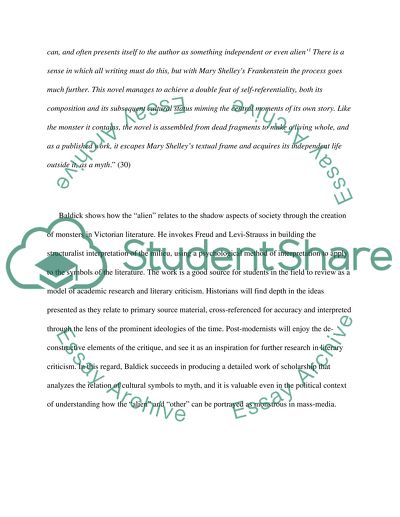Cite this document
(“Book review (Baldrick, Chris. (1987). In Frankenstein's Shadow: Myth, Report/”, n.d.)
Retrieved from https://studentshare.org/family-consumer-science/1414798-book-review-baldrick-chris
Retrieved from https://studentshare.org/family-consumer-science/1414798-book-review-baldrick-chris
(Book Review (Baldrick, Chris. (1987). In Frankenstein'S Shadow: Myth, Report/)
https://studentshare.org/family-consumer-science/1414798-book-review-baldrick-chris.
https://studentshare.org/family-consumer-science/1414798-book-review-baldrick-chris.
“Book Review (Baldrick, Chris. (1987). In Frankenstein'S Shadow: Myth, Report/”, n.d. https://studentshare.org/family-consumer-science/1414798-book-review-baldrick-chris.


